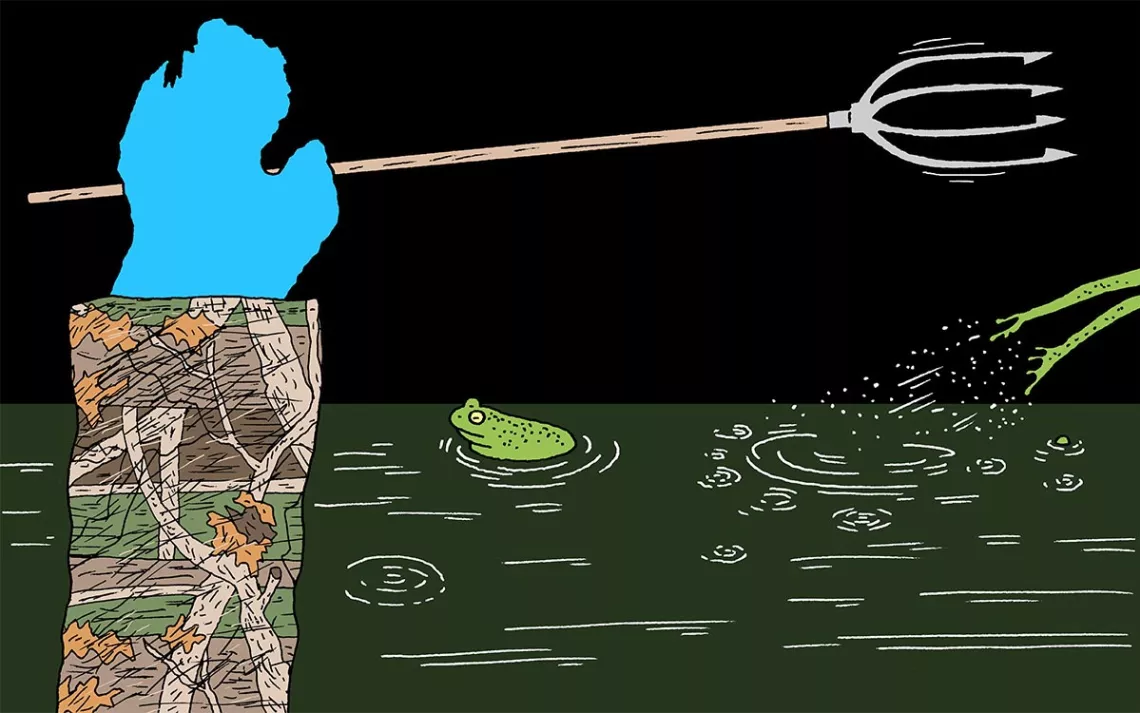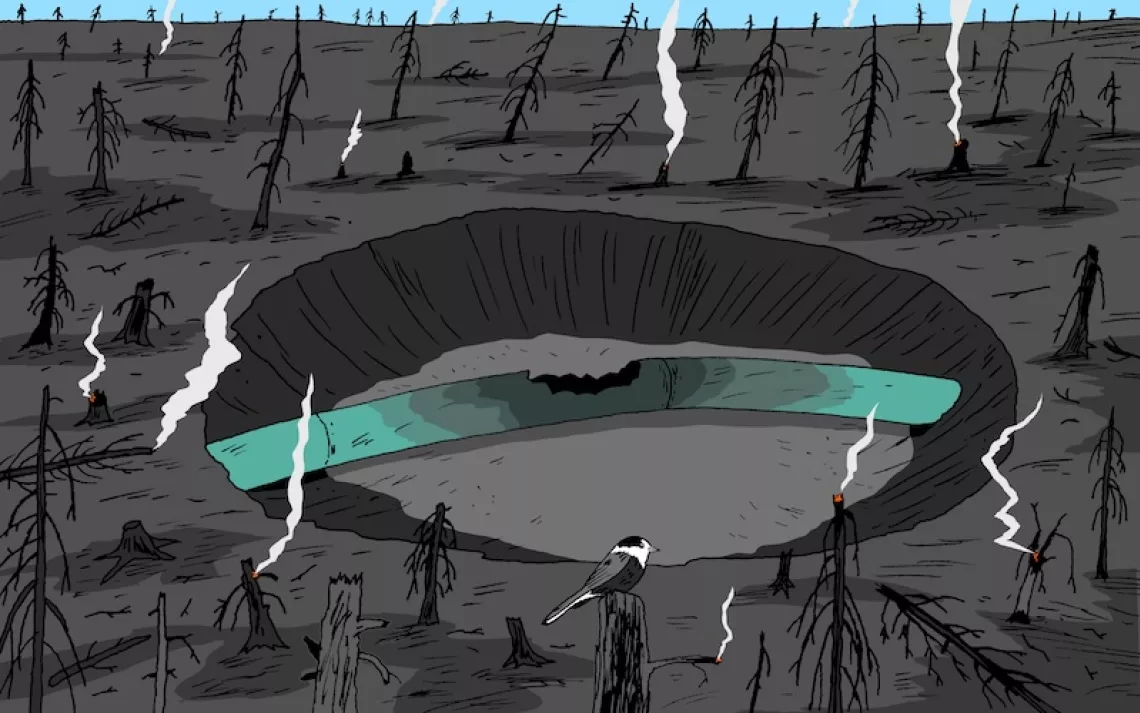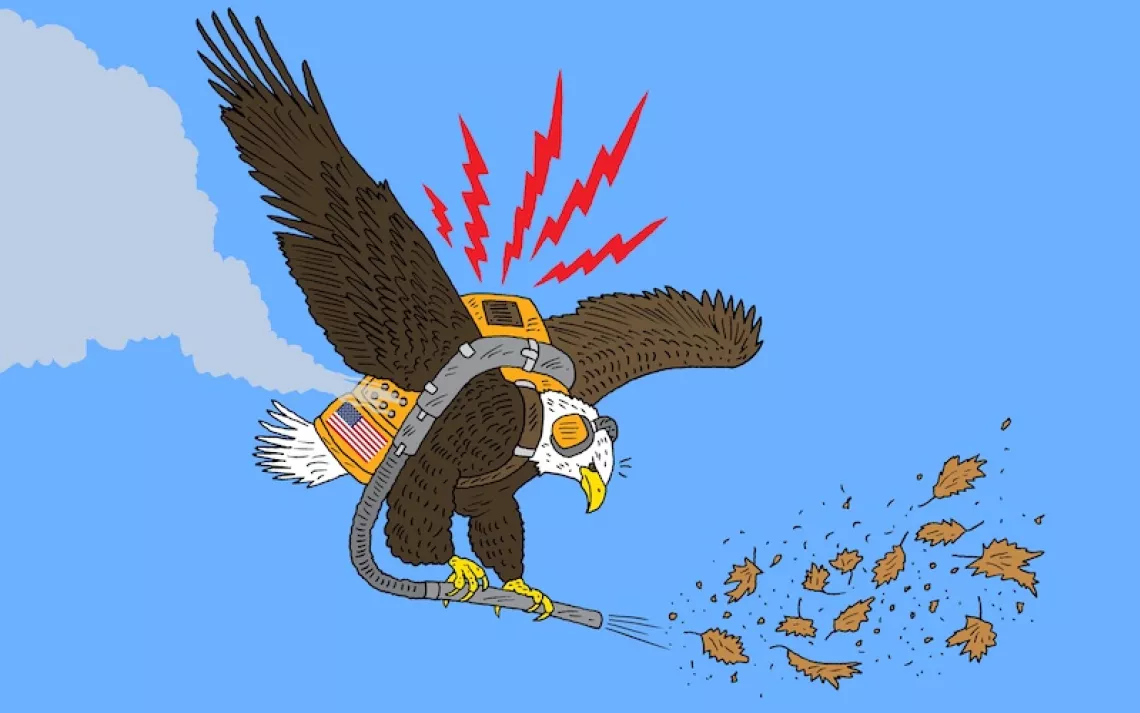ICYMI: Frog Gigging, Monuments Shrinking, Bitcoin Mining, & More
A weekly roundup for busy people

Michigan’s legislature votes to allow state frogs to be hunted year-around at night with spears, a practice known as “frog gigging.”
President Donald Trump wants to dramatically reduce the size of two national monuments in Utah: Bears Ears by 85 percent and Grand Staircase–Escalante by nearly half. It is the largest reduction of previously protected area in U.S. history. In addition, Interior Secretary Ryan Zinke is proposing unspecified reductions to Nevada’s Gold Butte National Monument and the Cascade-Siskiyou National Monument, on the California-Oregon border. He also wants three marine monuments in the Pacific Ocean to be opened to commercial fishing.
Hundreds of thousands of people flee four major wildfires in the Los Angeles area. California’s wildfires may wipe out the gains made by the state’s many climate initiatives.
Drought in California may be linked to the loss of sea ice in the Arctic.
A hunter in Florida kills a record 17-foot-long Burmese python in the Everglades.
Trump’s Transportation Department decides that “high hazard” trains carrying explosive oil or ethanol don’t need upgraded braking systems after all.
The “mining” of the crypto-currency Bitcoin consumes as much energy as Denmark.
Cars and trucks surpass electricity production as the largest source of U.S. carbon-dioxide emissions.
For older people and those with heart and respiratory conditions, the benefits of exercising outdoors in cities may be outweighed by the harm from vehicular pollution.
Apparently due to warmer waters, halibut catches in the Pacific are down by 20 percent from last year.
The developers of Cape Wind officially abandon their proposed 130-turbine project off Cape Cod, which was once expected to be the first major offshore wind farm in the United States.
New Zealand scientists are working on a vaccine to limit the amount of climate-warming methane in cow burps.
Long dormant Öræfajökull, “one of the most dangerous volcanos in Iceland,” is showing signs of life. It lies beneath Vatnajökull, Europe’s largest glacier, and its eruption in 1362 was more powerful than that of Vesuvius when it destroyed Pompeii.
Rats from uptown New York City are genetically distinct from downtown vermin.
 The Magazine of The Sierra Club
The Magazine of The Sierra Club






